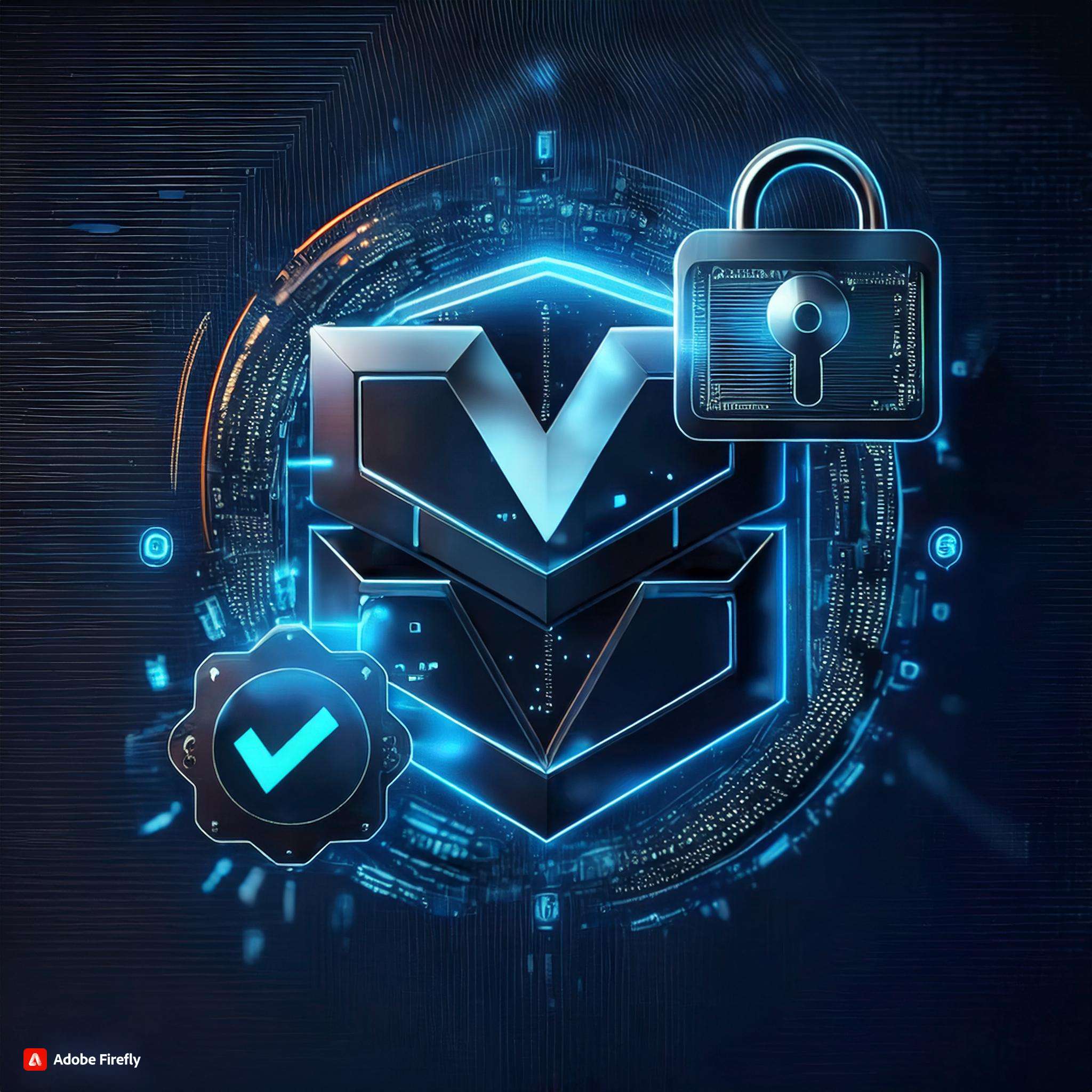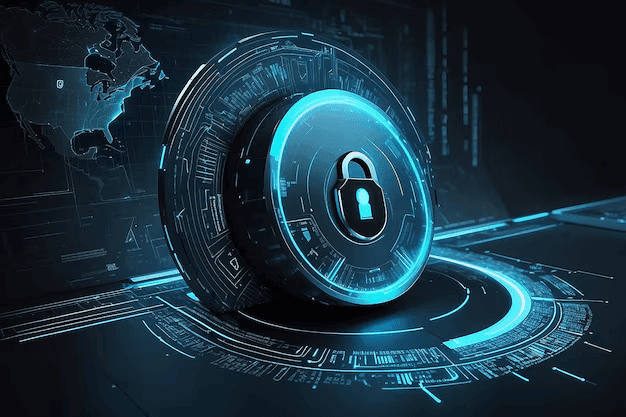RMF is the Key to Understanding CMMC: Simplify & Streamline
Your Path to Certification Today
Helping Defense Primes & Subcontractors Get CMMC Certified and Stay Audit-Ready | CMMC Certified Assessor

When it comes to cybersecurity compliance, understanding the Risk Management Framework (RMF) isn’t just helpful—it’s transformative. RMF is the exact same methodology your government customers rely on to secure their information systems.
By leveraging RMF principles, you will gain clarity on managing cyber risk and build a bridge to understanding the Cybersecurity Maturity Model Certification (CMMC) more clearly.
Here’s why this matters: CMMC certification isn’t about specific technologies or services. It’s about managing risk to an information system—the same risk-based approach underpinning RMF.
But what exactly is an information system? This is a very key concept.
According to NIST, an information system is:
“A discrete set of information resources organized for the collection, processing, maintenance, use, sharing, dissemination, or disposition of information.”
This definition highlights the core of RMF and CMMC: understanding and protecting the ecosystem where sensitive information resides (think—store, process, transmit, and remember the CMMC scoping guide requirements of people, facilities, and technology).
With this foundation, let’s explore how RMF aligns with CMMC and how you can use this knowledge to simplify your compliance journey.
RMF Steps Simplified for Your CMMC Journey
The Risk Management Framework offers a structured approach to managing cyber risk, and its steps directly align with key stages of the CMMC journey. Here’s how they map:
1. Categorize Information Systems
This step in RMF identifies the types of information your system handles and its potential impact. In CMMC, this process is known as scoping.
- Why it matters: Effective scoping prevents wasted effort. Focus on what’s truly in scope for CUI. Shrink where possible.
- Actionable Tip: Map your data flows to make sure you understand where CUI is stored, processed, and transmitted.
2. Select Controls
RMF requires selecting security controls based on system categorization. For CMMC, the controls are already defined in NIST 800-171 and NIST 800-171A.
- Why it matters: You’re not choosing controls—you’re implementing them.
- Actionable Tip: Review each control in the context of your specific information system and address each control objective in your documentation and practices. Simple, right? (:))
3. Implement Controls
This is the operational phase, where policies, configurations, and safeguards are implemented.
- Why it matters: Your implementation quality determines how well your organization understands the actual requirements to mitigate risk effectively to CUI in the case of CMMC.
- Actionable Tip: Treat RMF as a guide to understanding what controls to implement and how to implement them effectively. This is one of the most confusing areas I’ve seen with my clients. We’ve spent much time discussing and clarifying, “What are they asking for here?” Not always a straightforward answer.
4. Assess Controls
RMF involves testing and validating control effectiveness, which aligns with CMMC self-assessments and/or third-party evaluations.
- Why it matters: This is your opportunity to identify and address gaps before your C3PAO assessment.
- Actionable Tip: Consider this a pre-audit phase where you fine-tune your compliance program. The government does this continually on its information systems for RMF; control assessors are a key part of effective RMF (and CMMC) implementation.
5. Authorize Systems
In RMF, the Authorizing Official (AO) approves the operation. In CMMC, your C3PAO plays a similar role in certifying compliance, as does your executive leadership team.
- Why it matters: A strong System Security Plan (SSP) and effective remediation of POAMs are critical. Say what you do and do what you say.
- Actionable Tip: Ensure your SSP tells a complete story of your system’s security and aligns with CMMC requirements. Trust but verify.
6. Monitor Controls
RMF emphasizes continuous monitoring. In CMMC, this step mirrors the ongoing compliance and security practices required to maintain certification.
- Why it matters: Certification is not a one-time event. It’s a continuous commitment.
- Actionable Tip: Build processes that make compliance part of your daily operations, not a separate task. Automate and standardize wherever you can.
Why This Perspective is Helpful
Understanding RMF helps you think like your government customers. It’s the framework they use to secure their systems, and by aligning your approach, you show that you’re serious about managing risk—not just achieving certification.
Moreover, adopting an information system mindset is essential. CMMC isn’t about buying a specific tool or subscribing to a service. It’s about understanding and managing the risks to your organization’s unique information system. This mindset empowers you to make smarter decisions about implementing and sustaining security controls.
How to Simplify and Streamline
- Scoping is Key: Spend time upfront defining what’s in scope for your CUI. Over-scoping leads to unnecessary complexity and costs. It’s a powerful cost lever you have to get this right.
- Focus on Risk Management: Treat your SSP, risk assessments, and POAMs as living documents that demonstrate your commitment to protecting information systems.
- Leverage RMF Principles: Use RMF as a roadmap to guide your preparation, from scoping to monitoring.
Call to Action: Let’s Simplify Your Path to CMMC
If you’re navigating scoping and assessments or just trying to figure out where to start, let’s discuss your situation. As a CMMC Certified Assessor, I’ve guided several defense industrial base companies through successful CMMC preparation and assessments.
Book a Strategic Review Call today, and let’s align your compliance journey with proven RMF principles to achieve success.
Your journey to CMMC certification doesn’t have to be overwhelming. Let’s make it simple, strategic, and secure.





